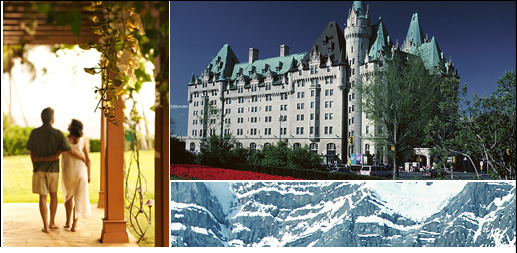

Articles |
Prehistoric Achaeology of JapanJapan, today, consists of four main islands Hokkaido, Honshu, Kyushu and Shikoku. There are minor island chains, which include Okinawa (also called Ryuku Islands) in the south, the Kuriles north of Hokkaido and the Izu Islands, which extend outwards into the Pacific Ocean.The archipelago which extends from latitude 45 degrees north to latitude 24 degrees north has a variety of climates and environmental zones. A cool northerly climate characterizes Hokkaido whereas the eastern half of Honshu has a temperate climate and deciduous forests. Also characterized by a temperate climate is western Honshu and Shikoku but the forests in these regions are broadleaf evergreens (palms) and deciduous trees. Kyushu and Okinawa enjoy a sub-tropical climate and the forests are of broadleaf evergreens and oceanic vegetation.Japan sees an abundance of rain especially in the summer months. Anywhere between 1000 millimeters to 3000 millimeters of rain falls in Japan depending on the location.Japanese archaeologists (like archaeologists elsewhere) have divided the prehistory of the archipelago into a variety of differing periods. These can be compared with the Neolithic, Bronze Age and Iron Age seen in the rest of the old world. The Japanese have given each period its own name that reflects its own unique Japanese character.The dates about to be given are approximate dates and different scholars have different criteria for when a particular age ended and a new one began. The Palaeolithic period is 50,000BC-13, 000BC (Use of micro-blade stone tools was characteristic of this period), The Jomon period 13,000BC-300BC (the characteristics of this age were pottery production and a hunting and gathering lifestyle), the Yayoi period 300BC-AD300 (characterized by rice cultivation and new types of pottery) and the Kofun AD300-AD650 (characterized by the construction of large burial mounds for elites).Archaeology is still done on remains post-dating the Kofun period but it is in the realms of historic archaeology. The unique features of the prehistoric archaeology of Japan are the fairly late adoption of domesticated plants and animals and the absence of a formal Bronze or Iron Age. There is evidence that the Jomon people cultivated some plants but dependence on cultivated plants did not begin until the Yayoi period. This period also sees the use of bronze and iron.As far as the cultural sequence stands for Hokkaido it is slightly different from the rest of Japan. For Hokkaido the use of pottery began later and agriculture does not begin until the Satsumon period.Again the dates about to be presented for the cultural sequence for Hokkaido are approximate. The Jomon period 8000BC-300BC (the characteristics of this age being the use of cord marked pottery and a hunting and gathering lifestyle), The Epi-Jomon period 300BC- 3rd/7th century AD (characterized by the continuation of a hunting gathering lifestyle and a pottery tradition akin to the final Jomon pottery styles), the Satsumon/Okhotsk age 3rd/7th century AD-13th century AD (characterized by the use of iron and bronze and also some plant cultivation) and lastly the Ainu period 13th century AD-Present ( this has a mixed economy based on hunting and gathering, sea mammal hunting and plant cultivation).It should be taken note that the Ainu are still resident in Hokkaido and the cultural groups preceding them are known only through archaeological record. . Michael Russell.Your Independent guide to Japan.Article Source: http://EzineArticles. com/?expert=Michael_Russell. By: Michael Russell Hotels and Resorts Guide Williamsburg Virginia Golf Capital of the East Coast - Williamsburg Virginia: Golf Capital of the East Coast by Elaine VonCannon Williamsburg Virginia is widely known among golf enthusiasts as the golf capital of the East Coast. How Would YOU Like to Have a Travel Buddy Who Knows How to Pickup Girls - Better yet how would YOU like to have a travel buddy who actually holds the World?s Record of the Most Girlfriends. Travelers Logon for Advice Before Booking Travel - Guidebooks and travel magazines are helpful when trying to choose hotels, excursions, or a destination for your next vacation. Discover The Biggest Travel Secret In The World Today And BookA Free Flight - It sounds like a dream doesn't it? Hopping onto a plane and taking a flight to the destination of your choice. Things To Remember Before You Rent A Car - The ubiquity of the internet today means that you can do most things without leaving your desk ? it also means that when making a trip, you can organise your car rental in advance in almost any location in the world, so that when you arrive, you c. more... |
|